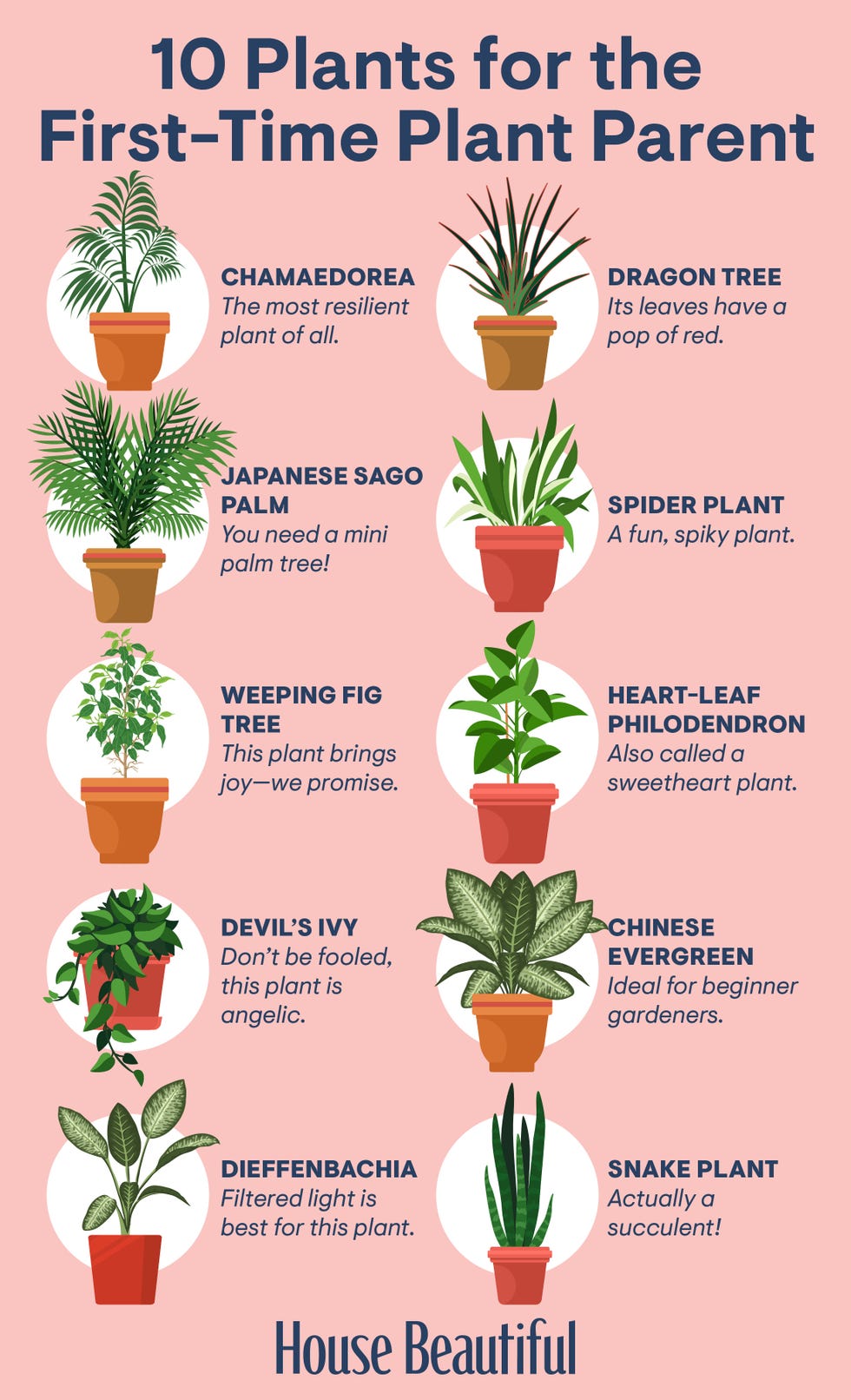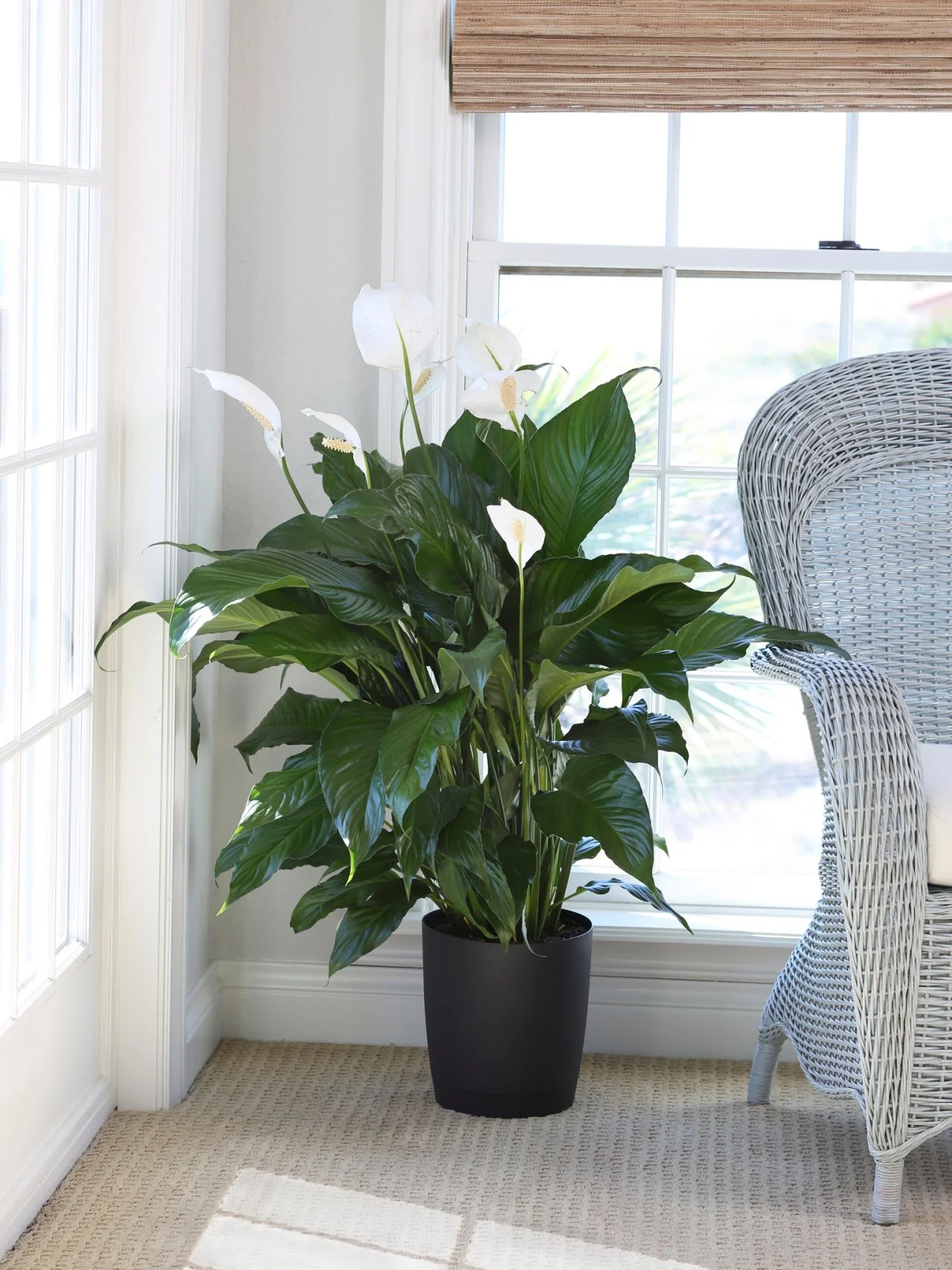Best Low-Light Indoor Plants for Those with Limited Natural Light in Their Homes
Best Low-Light Indoor Plants for Those with Limited Natural Light in Their Homes
Blog Article
Discover the Tricks of Low-Light Indoor Plants and Exactly How They Enhance Your Setting
Low-light indoor plants have amassed boosting interest for their unique capacity to improve both aesthetic allure and environmental quality within homes and workplaces. These durable species, consisting of the Snake Plant and Tranquility Lily, not only thrive in tough lighting problems but additionally play an essential role in air purification and emotional health.
Benefits of Low-Light Indoor Plants
Although numerous individuals presume that interior plants need bountiful sunlight to thrive, low-light indoor plants offer a plethora of benefits that make them excellent for different environments. One of the key advantages is their flexibility; they can thrive in rooms with limited all-natural light, such as workplaces, basements, or spaces with small windows. This attribute allows people to boost their surroundings with plant, adding to improved visual appeals without the demand for extensive illumination alterations.
Furthermore, low-light interior plants can dramatically improve interior air quality by filtering dangerous toxins and releasing oxygen, making living rooms healthier. Research has shown that specific ranges can soak up toxins, thus promoting a cleaner environment. Furthermore, they can boost psychological health by reducing tension and boosting performance. The visibility of plants has actually been connected to better sensations of tranquility and focus.
Moreover, low-light plants commonly need less maintenance than their sun-loving counterparts, making them ideal for active people or those brand-new to gardening. Their resilience permits them to love marginal intervention, thus providing a fulfilling experience for plant fanatics and newbies alike. In summary, low-light interior plants offer both visual and practical purposes, making them valuable enhancements to any type of space.
Top Low-Light Plant Selections
Low-light interior plants been available in a variety of varieties, each offering special qualities and benefits fit for dim settings. Among the most preferred ranges is the Serpent Plant (Sansevieria), understood for its air-purifying capacities and architectural fallen leaves. This durable plant thrives on disregard and can tolerate a vast array of light problems.
One more excellent selection is the ZZ Plant (Zamioculcas zamiifolia), which features shiny, dark eco-friendly leaves and is highly drought-tolerant. Its adaptability makes it a preferred for workplaces and homes with limited sunshine.
The Pothos (Epipremnum aureum) is likewise a top contender, with its tracking creeping plants and heart-shaped leaves - Best low-light indoor plants. This functional plant can be trained to climb up or cascade, adding aesthetic interest to any type of room

Care Tips for Low-Light Plants
Taking care of low-light interior plants needs a nuanced understanding of their specific requirements to guarantee optimum growth and vigor. It is crucial to choose the appropriate potting mix, as a well-draining soil is critical to avoid origin rot. A blend created for houseplants, often consisting of peat moss and perlite, functions well for many low-light selections.
Watering is another crucial aspect of treatment. Low-light plants generally need much less frequent watering compared to their sun-loving equivalents. It is advisable to inspect the leading inch of dirt; if it feels dry, it's time to water. Overwatering can cause complications such as mold and origin degeneration.
Fertilization must be come close to with care. During the growing season, a diluted liquid plant food can be used monthly, yet in cold weather, numerous low-light plants go into dormancy and need little to no fertilizing.
Last but not least, it is very important to periodically clean the leaves to remove dust, permitting much better light absorption. By adhering to these care ideas, you can cultivate a successful atmosphere for your low-light indoor plants, improving both their look and longevity.
Enhancing Air Top Quality With Plants
Interior plants play a substantial duty in boosting air top quality within homes and workplace areas. With the process of photosynthesis, these plants take in carbon dioxide and release oxygen, contributing to a healthier atmosphere. Additionally, certain low-light interior plants have the capability to filter unsafe toxins, such as formaldehyde, benzene, and trichloroethylene, which are commonly located in interior atmospheres.

Furthermore, the existence of indoor plants can enhance humidity degrees, which aids relieve completely dry skin and respiratory system issues, even more improving overall well-being. This capacity to boost air high quality not only promotes physical health yet additionally supports mental health.
Including low-light indoor plants into your living and functioning areas can result in a more vibrant and stimulating environment (Best low-light indoor plants). Purchasing these natural air cleansers is a straightforward yet try these out efficient strategy for boosting indoor air quality and cultivating a healthier lifestyle
Developing a Peaceful Indoor Space
The assimilation of plants into living rooms not only boosts air high quality but additionally contributes to a tranquil atmosphere. Low-light interior plants, such as snake plants and pothos, are particularly reliable in producing a serene atmosphere, as they thrive in problems that may or else be inhospitable for various other greenery. Their lavish foliage provides a soothing visual, decreasing stress and promoting leisure.
Incorporating these plants right into your home or office can stimulate a feeling of peace and wellness. Strategically putting them in locations where you spend considerable time, such as living areas or work areas, enables for an immersive experience with nature, which has actually been shown to improve state of mind and cognitive feature.
Furthermore, the mild activity of leaves in reaction to air flow can develop a dynamic visual aspect that boosts the overall ambiance. Think about making use of a selection of plant heights and textures to add depth and rate of interest to your area. With thoughtful positioning and treatment, low-light interior plants can transform any area into a tranquil refuge, cultivating not only visual fulfillment yet psychological and also emotional wellness.

Verdict
Incorporating low-light indoor plants into different settings returns substantial advantages, consisting of improved air quality and enhanced aesthetic charm. The transformative power of low-light plants highlights their value in improving both job-related and household setups.
Although lots of people assume that indoor plants call for bountiful sunshine to flourish, low-light indoor plants offer a plethora of advantages that make them suitable for different atmospheres.Furthermore, low-light interior plants can dramatically enhance indoor air quality by launching and filtering system hazardous find out this here toxins oxygen, making living rooms healthier. Furthermore, certain low-light interior plants possess the ability to filter unsafe contaminants, such as trichloroethylene, benzene, and formaldehyde, which are frequently found in indoor environments.
Low-light interior plants, such as snake plants and pothos, are specifically efficient in developing a peaceful link environment, as they prosper in conditions that might or else be inhospitable for various other greenery.Integrating low-light indoor plants into numerous atmospheres returns significant advantages, consisting of enhanced air top quality and enhanced visual allure.
Report this page